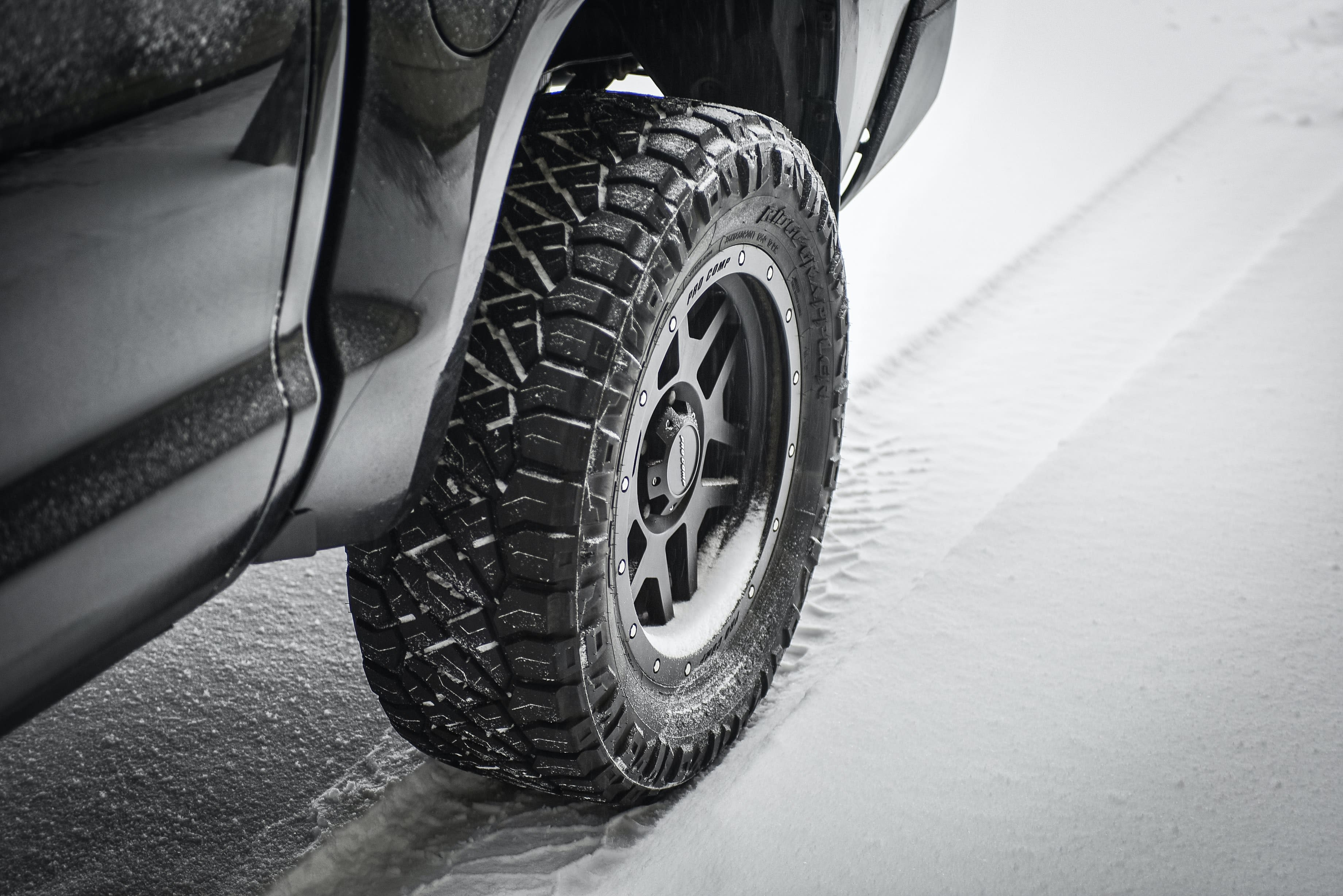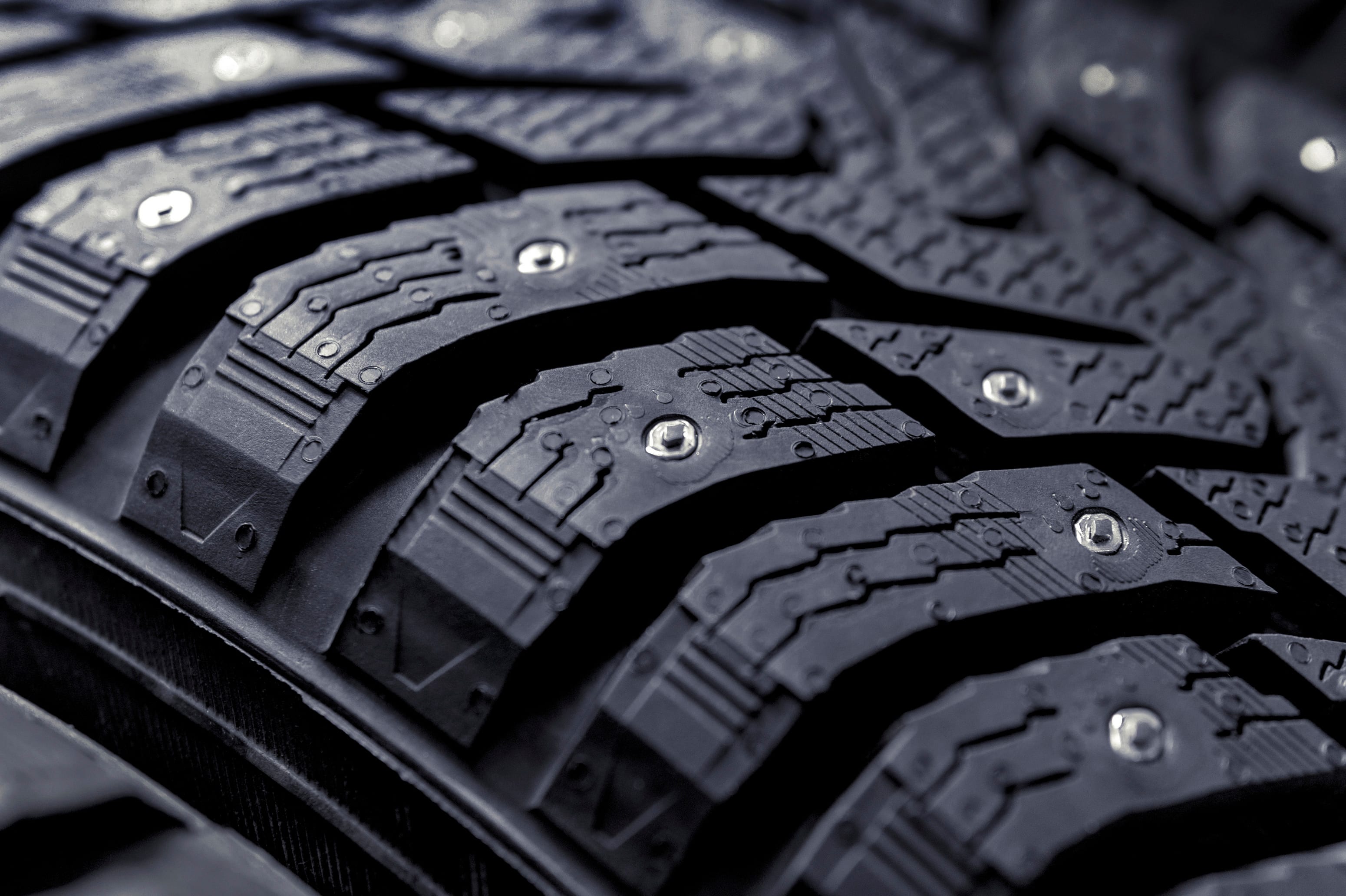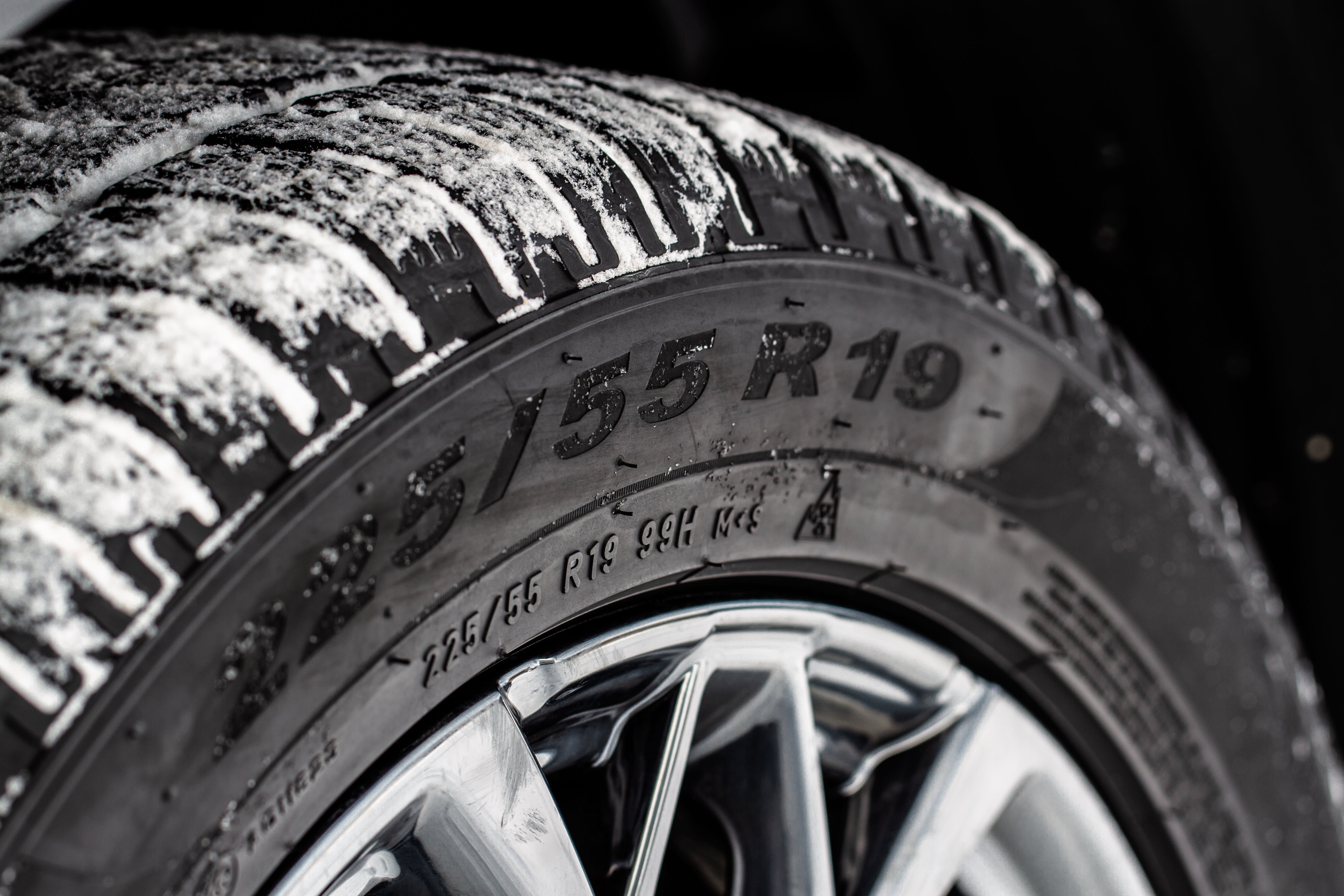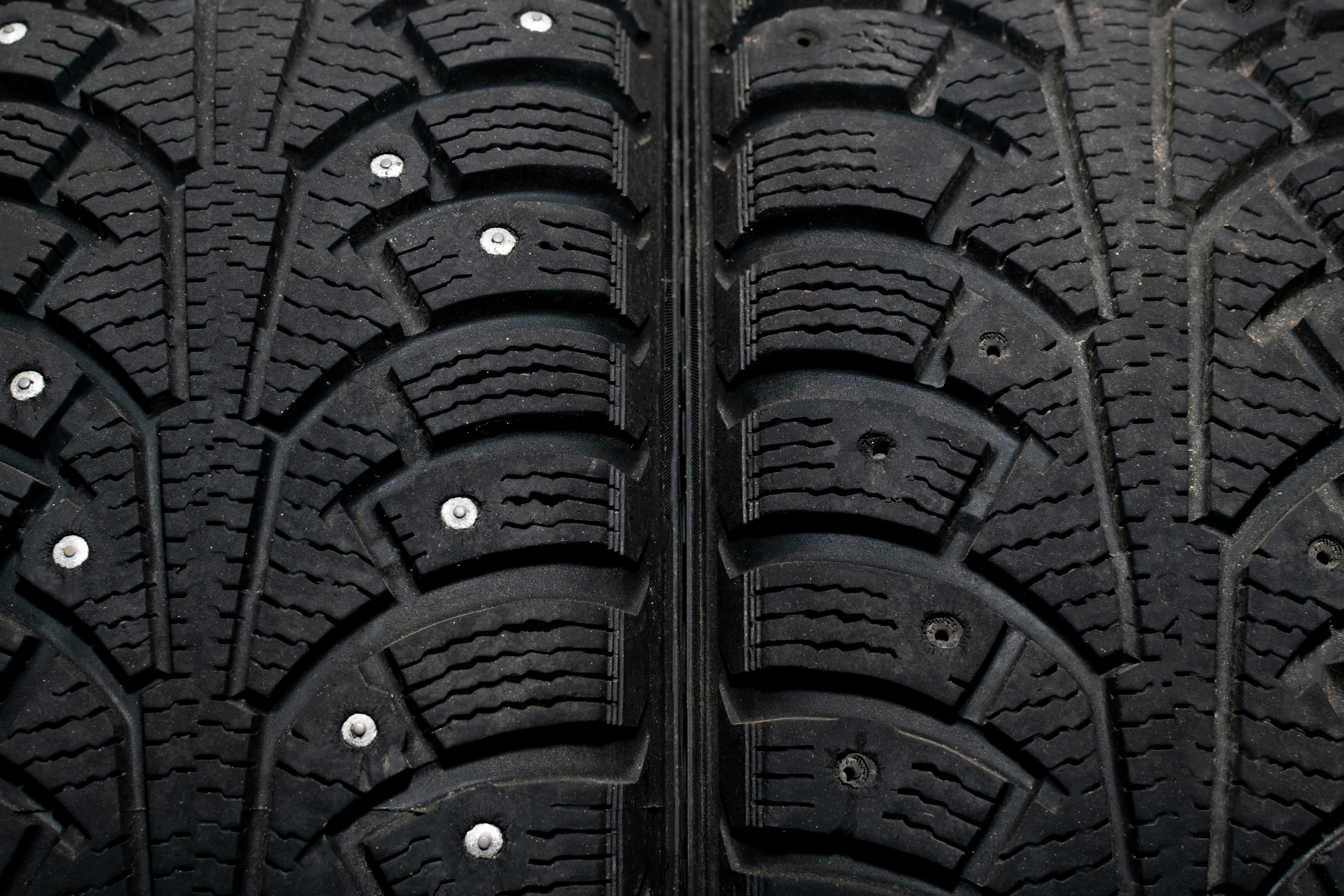Tire Buying Guides

What are snow tires?
The flexible rubber compound of snow tires, also known as winter tires, enables them to consistently grip the road, making them the best choice for use in below-freezing weather.
Snow tires are widely used on all types of vehicles and frequently come in non-studded, studded, and studdable designs. The latter two enable drivers to improve traction and performance in ice, slush, and snow. In order to indicate that they are approved to function in extreme snow conditions, snow tires frequently have the Three Peak Mountain Snowflake (3PMS) sign on their sidewall.
Snow tires are produced by a number of tire companies, including a few of the best snow tires brands namely Bridgestone, Hankook, Continental, and Nokian.
The benefits of using snow tires
In order to better adhere to the road for more controllable handling, snow tires include a soft rubber compound that maintains flexibility when temperatures decrease. Additionally, they have distinctive tread designs with deeper grooves that improve traction on snow and ice by acting as channels for melting snow and water.
The tread of snow tires typically has deep sipes, which are tiny slits that aid in cutting through water and slush to prevent hydroplaning and increase grip. Grip is essential to ensure that the car can stop and maneuver as well as to prevent getting trapped. Snow tires provide up to 25 to 50 percent more winter weather traction than all-season tires, which may be the safety margin required to stop in time or turn to avoid trouble.
How to choose the right snow tires for your vehicle
Keep in mind, not all winter tires are the same. The first is tread design, which for winter tires will often be directional or asymmetrical.
In order to lessen the possibility of hydroplaning on slippery roads, directional tread patterns, which have a V-shaped tread pattern, do a great job of funneling water, slush, and melting snow out of the tire. A directional snow tire is one like the Nokian Hakkapeliitta 10.
The purpose of an asymmetrical tread pattern, which contains two tread blocks that match and one that doesn't, is to improve handling on slippery, icy, slushy, and snowy surfaces. If you're more concerned with handling performance in cold weather, have a look at the Yokohama iceGUARD iG53. When it comes to the best snow truck tires, the Firestone Winterforce 2 UV Winter is one of the names worth considering when choosing the best snow tires for truck driving during the winter season.
Tread patterns are significant for wear and tire rotation in addition to performance characteristics. Asymmetrical tires can be freely rotated as long as the side marked outside is facing out, unlike directional tires, which must be turned from rear to front or from front to back.
Winter tires are commonly classified into three categories independent of tread patterns: studded, studdable, and studless. A technician will insert a small piece of metal or ceramic material called a stud into the tire to improve traction in extremely slippery conditions such as ice, snow, and slush.
The Nokian Hakkapeliitta 10 tire that we previously mentioned is studded and has metal particles already inserted in the tread. There are no perforations in the tread of the Yokohama iceGUARD iG53, which we also noted earlier, making it a studless tire.
Unsure which choice is best for you? Fortunately, studdable tires like the General Altimax Arctic 12 give drivers the most flexibility because they allow them to choose whether to use studs to secure their tires or not. Just keep in mind that studs aren't permitted in all 50 states, so before buying a pair of studded tires or fastening your studdable tires with studs, it's necessary to check local regulations.
Make sure they are the appropriate size first. The set of numbers can be found on the sidewall of your current tires, immediately next to the rim, or in the owner's manual for your car.
Utilize a tire tread depth gauge to secondly measure the tread depth. For less than $5, you can purchase one at any auto parts retailer. Alternatively, have a tire shop technician fix it; it ought to be free. Each tire's grooves should have measurements taken several times.
The tread depth of a fresh tire is usually 11/32nds of an inch. A winter tire's performance on snow is set to decline significantly if there is only 6/32nds of an inch or less of tread left on it. Consider carefully whether you will receive what you pay for.
Third, be certain that there is no issue with uneven wear. Did your measurements from the tread gauge reveal any variations in tread depth between the four tires? Tires frequently wear in different ways over time. Installing winter tires only on the front or back of a vehicle is likewise a bad idea. This significantly alters the amount of traction between your axles. This will result in less steering control rather than more.
The different types of snow tires
Did you know that some premium snow tires can really increase the performance of your car? The correct snow tires may really make a difference. Winter driving is risky, and it’s important to invest in the right tires for a safe ride.

1. Studded Tires
One of the best snow tires are studded tires. These tires, as their name suggests, have tiny metal studs inserted to the tread. The studs improve handling and performance on the ground by helping to grip ice and snow.
The metal studs provide extra traction by digging into the snow and ice, keeping the tires firmly in touch with the surface. They are strong but lightweight. Stubby tires are the best choice for slope driving in the winter since they provide superior handling, more stability, and surface contact.
Additionally, studded tires don't come undone or harm tires, in contrast to snow chains and cables. All four tires on your car must have them installed for the maximum performance and traction. There are some disadvantages to studded tires. For instance, even though these tires are appropriate for icy and snowy conditions, using them on regular roads can be risky. They may dig into the pavement or road, causing damage.

2. Non-Studded Snow Tires
These are also frequently referred to as studless tires or winter tires. These tires don't have any studs embedded in the tread, in contrast to studded tires. They have a three-peak mountain deterioration with a snowflake sign on the sidewall, making them immediately recognizable.
Their tread pattern and the winter compound they utilize give them the traction needed in wintery conditions. Their aggressive and intricate tread patterns increase traction and grip. The winter compound increases rubber's elasticity in chilly conditions.
The winter rubber compound used in non-studded tires is the main factor enhancing their performance. The tire's ability to flex under harsh weather circumstances is made simple by the compound's ability to remain soft even in extremely high temperatures.
These characteristics give you the necessary general grip and biting edges you need in the wintertime. They give traction in winter conditions by concentrating on surfaces coated in snow and slush. These tires, which are made for usage in harsh winter conditions, will make driving during the winter seem normal.

3. Studdable Winter Tires
Studdable tires provide the newest technology if that is what you are looking for. This hybrid option is offered by these winter tires. offering excellent grip in winter situations by combining the finest qualities of studded and non-studded tires.
Although studdable tires can have studs, they are not sent with them already attached. They have tiny holes already drilled into the treads so that studs can be added and removed as needed.
These tires have gained popularity in the majority of states due to the restrictions and regulations placed on studded tires. Tires with studs provide excellent handling and stability on a variety of winter surfaces. They have been built to withstand extremely harsh winter conditions, and they also guarantee good grip when driving on slush, ice, and snow.
These tires have gained popularity in the majority of states due to the restrictions and regulations placed on studded tires. Tires with studs provide excellent handling and stability on a variety of winter surfaces. They have been built to withstand extremely harsh winter conditions, and they also guarantee good grip when driving on slush, ice, and snow.
How much do snow tires cost
A good set of all-season tires and a set of winter tires often cost roughly the same amount. For instance, if you own a 2022 Hyundai Santa Fe Limited, you should budget between $800 and $1,000 for a set of four winter tires from a prominent manufacturer.
How to install snow tires
There are a few things you need to do to enjoy the finest experience once you've chosen the appropriate snow tires. That begins with having a reliable installer mount and balance the tires for you, which you can do with the assistance of one of SimpleTire's many excellent installers.
The next step is to maintain your tires properly. One of the most important things to remember is that tire pressure can change significantly throughout the winter.
For every 10 degrees Fahrenheit fluctuation in temperature, you can anticipate a one PSI change in tire pressure. Given that in some regions, days can be 20 to 30 degrees warmer than nights, this may result in the tire pressure being outside of specification. It is prudent to slightly over-inflate your tires to account for this difference.
However, you shouldn't use this as a long-term solution throughout the season as the climate gradually changes; rather, use it as a way to handle brief moments of dramatically changing temperature.
How do I care for my winter tires?
If you decide to purchase a pair of winter tires, it's critical that you understand when to install them and how to keep them in between seasons to ensure that they last as long as possible and really aid in stopping your car rather than just making it harder.
Should your car be equipped with snow chains? First off, snow chains are much less expensive than snow tires, which for some people may be enough to tip the scales in their favor.
In addition, snow chains offer the best traction on ice, packed snow, and thick snow. In really deep snow, snow chains perform better than snow tires.
Chains also have the fantastic attribute of being simple to put on and take off by yourself. This makes them a wonderful choice if you just occasionally travel in bad weather and don't generally need cold weather traction.
Which are better: Snow tires vs. chains? Snow tires and chains both perform better in certain conditions, therefore there isn't a clear victor in this comparison. Winter tires work best on mild snowfalls, whereas snow chains typically operate better on ice and in deep snow.
Consider purchasing a set of winter tires if you live somewhere with severe winters and a lot of snowfall.
While it may seem cost-effective to keep your winter tires on all year, it's crucial to take them off once winter is over. Winter tires aren't intended for use in warmer climates, and Consumer Reports testing has revealed that not only will they quickly wear out, but they will also have a greater stopping distance and less maneuverability.
It is easier to store your tires without damaging them when you have two sets of wheels. Both sets of wheels and tires should be kept indoors, preferably at room temperature, and out of direct sunlight while not in use.
Are snow tires worth it?
Many drivers believe that increased snow grip is the only advantage of winter tires over all-season tires.
Think again. In comparison to all-season tires, tests have shown that winter tires offer better grip, braking, and cornering in all types of cold-weather driving conditions. We're talking improved traction on any type of road condition, including snowy, icy, wet, and even dry surfaces. The foundation is a renowned research center for traffic safety worldwide.
Ready to find the perfect tires?
Search By